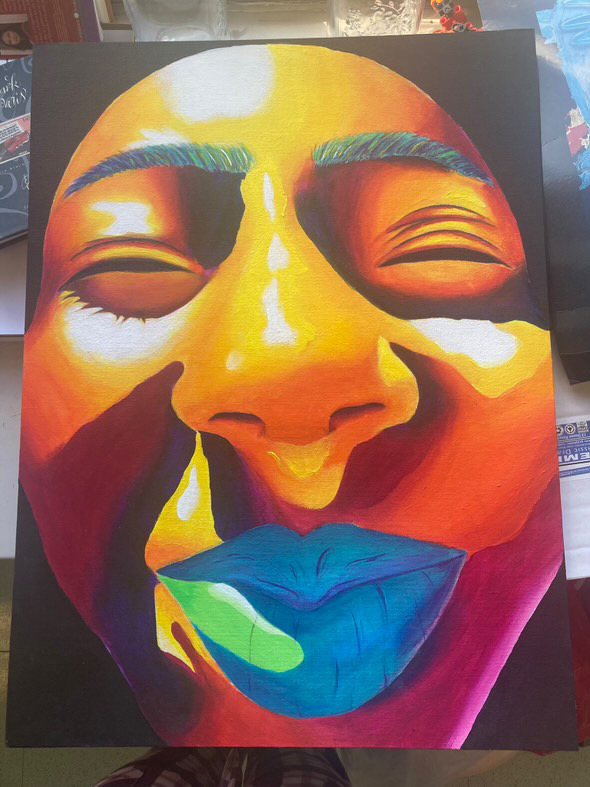
A typical remote learning day consists of students logging on to their devices, attending several video conferences with their teachers, and completing their assignments on another app on their device.
Since students have transitioned to remote learning, they are turning to their devices more often than usual. “I used my laptop and my iPad. I prefer using my laptop because I can type faster and take notes quicker,” senior Ranali Ranasinghe shared.
Senior Tracy Yip agreed and said, “The most efficient technology is my laptop because it is easier to control and has a bigger screen.”
A survey was sent to students and the results reinforced this preference. Out of the 442 respondents, 72.6% said they prefer laptops, 16.1% said desktops, 7.9% said tablets, and a meager 2.7% selected smartphones.
Across the country, there has been an increase in the apps students are using for remote learning during the pandemic. According to the New York Times article, “The Virus Changed the Way We Internet,” the use of educational apps such as Zoom, Google Classroom, Hangouts Meet by Google, and Microsoft Teams has increased exponentially after March 1 when remote learning began taking place.
Students at Townsend Harris High School have also used these apps for remote learning.
Senior Madison Bitna stated, “I have been using Zoom, Google Meets, Google Docs, Google Classroom, Google Drive, Quizlet, and Remind.”
Junior Karolina Debniak said she uses a similar array of apps, including “One Note, Google Classroom, Google Drive, Google Docs, Youtube, and Edpuzzle.”
When asked which assistive educational apps they prefer, 41.2% of the respondents said YouTube, 30.3% said Khan Academy, and 24.7% said Quizlet.
As for their preferred communications app, 79.9% of respondents said Gmail, 13.6% said Remind, and 2.5% said Slack. When asked about which video calling app they preferred, 70.1% said Zoom and 23.8% said Google Hangouts. Furthermore, when asked to choose between Google and Microsoft for their work platform, 97.3% said they prefer Google.
Due to the increase in activity of these apps, some dissatisfaction has arisen amongst their users. Freshman Kayla Shanahan said, “I would like [the apps] to handle the amount of people online since teachers would often have trouble with connections.”
Similarly, Junior Simar Ahluwalia noted, “I wish that they [the apps] were less glitchy, especially PupilPath. [Also] I think deadlines can be confusing on Google classroom in terms of timing. The rest of the apps are fine.”
Furthermore, a 2019 article by The Manifest, revealed that improved interaction and high engagement are key features that make a successful educational app. In a range of conversations with students, this seems to be preferred by students engaged in remote learning.
Senior Noah Stein said, “I would want to see an app that has a meeting software but also allows you to take notes on the side so that you don’t need separate devices or to change tabs frequently.” Likewise, Simar stated, “I think it would be better to develop used apps like Zoom and Google Classroom to make lessons more interactive, especially for Zoom as there are a lot of features that could be used (ie. Whiteboard, breakout rooms).”
However, despite some features that can be improved, these technologies and apps have made remote learning possible. “I think that apps and technologies have made it easier for teachers to teach and interact with their students during remote learning,” said Senior Tracy Yip. “Without the proper technology, remote learning would not be able to take place so smoothly.”




























Village Talkies • Jul 3, 2024 at 1:20 am
Thank you for your informative post!!!
Explainer Video, 3d 2d Animation Video makers, Corporate Video Production Company in Bangalore